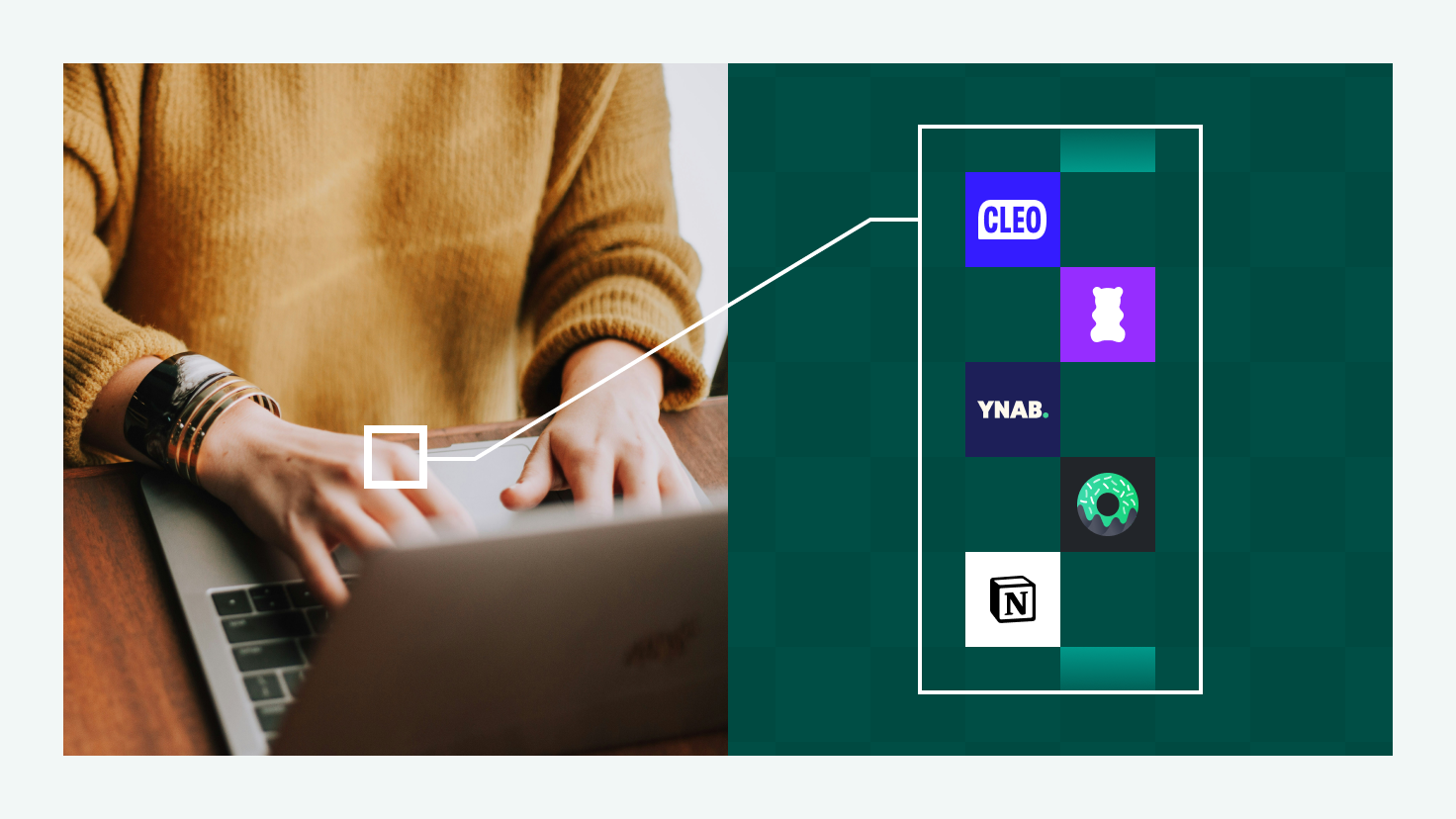Introduction
Budgeting has always been the foundation of smart money management. In 2025, with the cost of living higher than ever, the right budgeting app can help you track spending, save more, and hit your financial goals faster. Gone are the days of using pen and paper or clunky spreadsheets—today’s apps are powerful, user-friendly, and designed to make budgeting simple.
In this article, we’ll cover the best budgeting apps in 2025, comparing features, pricing, and which one is best for your financial needs. Whether you’re a student, a working professional, or a family trying to save, there’s an app here for you.
Why Use a Budgeting App in 2025?
- Automation – Apps track your spending automatically.
- Customization – Set personal savings goals and budgets.
- Accessibility – Manage finances from your phone, anywhere.
- Accountability – Daily reminders keep you on track.
- Insights – See where your money goes and how to optimize it.
Factors to Consider When Choosing a Budgeting App
- Cost – Some apps are free, while others charge monthly fees.
- Ease of Use – Look for a clean, intuitive interface.
- Compatibility – Ensure it connects with your bank and cards.
- Features – Goal tracking, debt payoff plans, investment monitoring.
- Security – End-to-end encryption is a must.
Top 7 Best Budgeting Apps in 2025
1. Mint (Intuit Mint)
- Price: Free
- Best For: Beginners who want an all-in-one solution.
- Features:
- Syncs with bank accounts and credit cards.
- Categorizes spending automatically.
- Provides free credit score monitoring.
- Pros: Free, easy to use.
- Cons: Ads and limited advanced features.
2. YNAB (You Need A Budget)
- Price: $14.99/month (free trial available)
- Best For: People who want proactive budgeting.
- Features:
- Zero-based budgeting method.
- Teaches you to “give every dollar a job.”
- Real-time syncing across devices.
- Pros: Excellent for discipline and savings.
- Cons: Paid subscription, learning curve.
3. Goodbudget
- Price: Free version; Plus plan at $8/month
- Best For: Envelope budgeting fans.
- Features:
- Virtual envelopes for budgeting categories.
- Simple and family-friendly.
- No bank syncing—manual entry required.
- Pros: Easy for couples to share budgets.
- Cons: Manual input can be time-consuming.
4. PocketGuard
- Price: Free; Premium $7.99/month
- Best For: People who want simplicity.
- Features:
- Tracks spending and bills.
- Shows “In My Pocket” cash after expenses.
- Alerts for overspending.
- Pros: Very simple interface.
- Cons: Limited investment tracking.
5. EveryDollar (by Dave Ramsey)
- Price: Free; Premium $12.99/month
- Best For: People following the Dave Ramsey plan.
- Features:
- Zero-based budgeting.
- Customizable categories.
- Premium version syncs with banks.
- Pros: Motivates debt payoff and savings.
- Cons: Bank syncing locked behind premium.
6. Simplifi (by Quicken)
- Price: $5.99/month
- Best For: Detailed financial planning.
- Features:
- Tracks spending, income, investments.
- Goal tracking with visual progress bars.
- Automatic categorization.
- Pros: Great balance of features and price.
- Cons: No free version.
7. Honeydue (for Couples)
- Price: Free
- Best For: Couples managing money together.
- Features:
- Sync accounts with your partner.
- Bill reminders.
- Chat function for money discussions.
- Pros: Free and built for shared finances.
- Cons: Limited if you’re managing solo finances.
Comparison Table: Best Budgeting Apps in 2025
| App | Price | Best For | Key Features |
|---|---|---|---|
| Mint | Free | Beginners | All-in-one, credit score monitoring |
| YNAB | $14.99/mo | Serious savers | Zero-based budgeting, real-time sync |
| Goodbudget | Free/$8 | Couples/families | Virtual envelopes, manual input |
| PocketGuard | Free/$7.99 | Simplicity | “In My Pocket” cash tracker |
| EveryDollar | Free/$12.99 | Debt payoff | Zero-based budgeting, debt focus |
| Simplifi | $5.99 | Planners | Goal tracking, investments |
| Honeydue | Free | Couples | Shared budgets, chat, bill reminders |
Tips to Make the Most of Budgeting Apps
- Link all accounts for accurate tracking.
- Set realistic monthly limits.
- Review your budget weekly.
- Combine with savings challenges for extra impact.
- Use reminders to stay consistent.
FAQ
Q: Are free budgeting apps safe?
Yes, as long as they use encryption and come from trusted companies.
Q: Which budgeting app is best for beginners?
Mint is best for beginners because it’s free and user-friendly.
Q: Which app is best for families or couples?
Honeydue (for couples) and Goodbudget (for families).
Q: Do I need to pay for budgeting apps?
Free apps are great for starting out, but paid apps like YNAB offer advanced tools that can speed up savings.
Conclusion
In 2025, budgeting apps are smarter, faster, and more effective than ever. From Mint’s free simplicity to YNAB’s advanced system, there’s a perfect app for every financial situation. The key isn’t just choosing the app—it’s sticking with it and reviewing your budget regularly.
